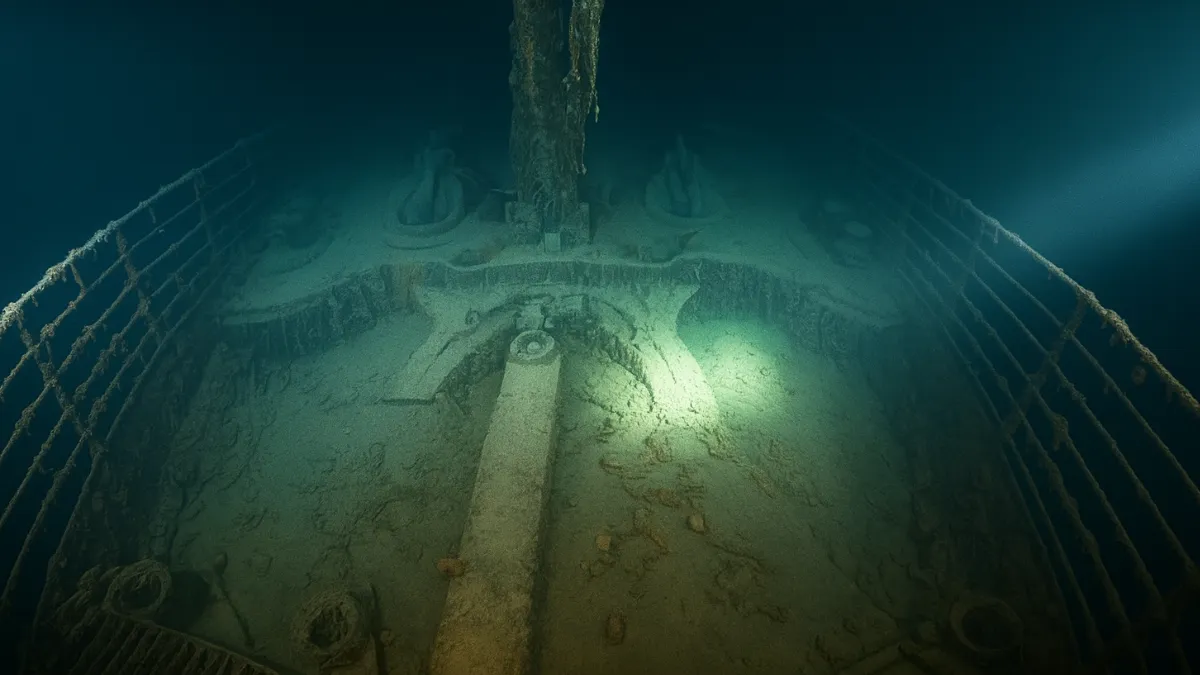In the heart of Europe, a quiet yet resolute transformation is underway.
From the dense forests of Poland to the expansive plains of the Baltic states, nations are undertaking significant measures to bolster their defenses against potential threats.
This concerted effort reflects a growing unease over regional security and a commitment to safeguarding sovereignty.
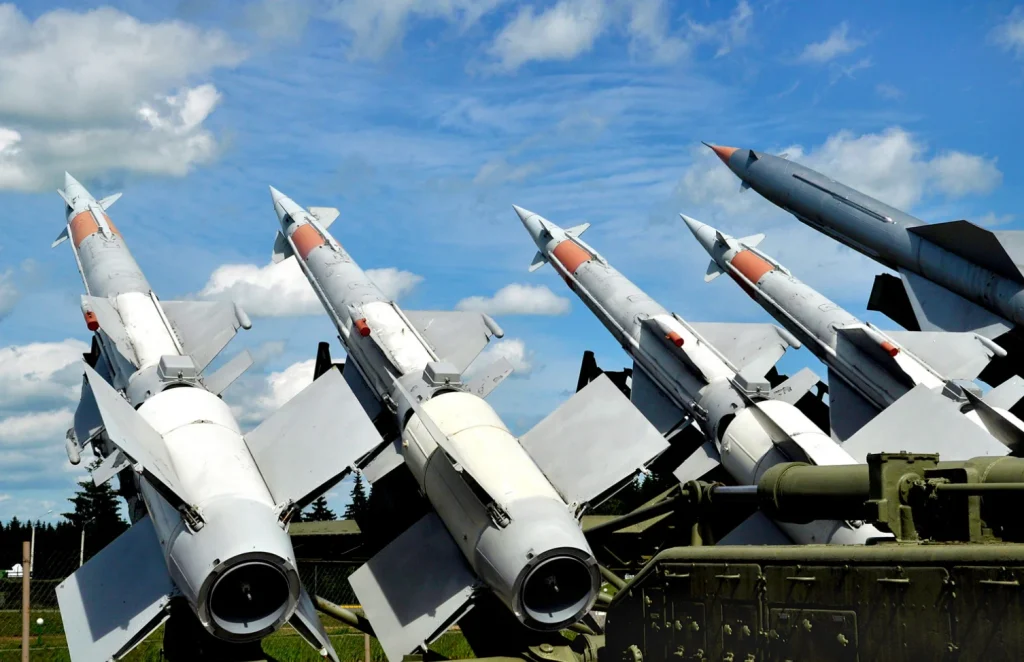
Poland stands at the forefront of this defensive resurgence. The government has announced a substantial investment of €2.5 billion to enhance its border defenses.
This initiative includes the construction of a comprehensive air defense system reminiscent of Israel’s Iron Dome, aimed at intercepting missiles and drones.
Prime Minister Donald Tusk emphasized the urgency of this development, stating, “It is essential to create an iron dome against missiles and drones.”
Beyond aerial defenses, Poland is reinforcing its eastern borders with physical barriers. The “East Shield” project involves the establishment of fortifications, arms depots, and reconnaissance posts.
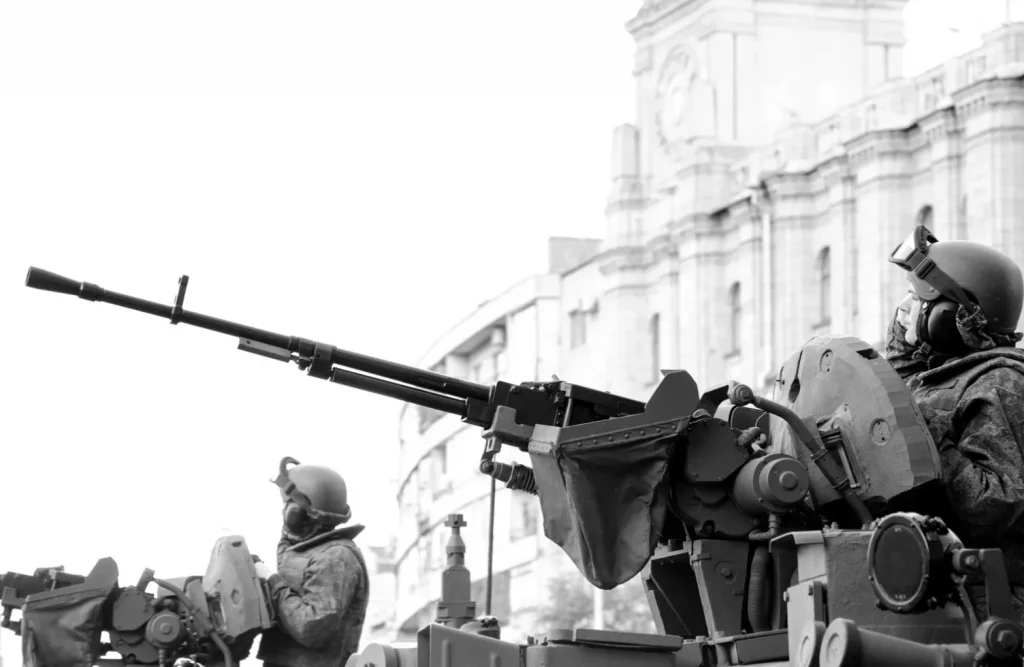
This initiative is part of a broader strategy to deter potential aggressions and ensure national security. Meanwhile, the Baltic nations—Estonia, Latvia, and Lithuania—are equally vigilant.
Collaborating with Poland, Finland, and Norway, they have agreed to create a “drone wall” air defense system. This system aims to protect their collective borders from potential threats posed by neighboring Russia.
Lithuania’s Interior Minister Agne Bilotaite described it as “a drone border from Norway to Poland,” incorporating physical infrastructure, surveillance systems, and drones to detect and prevent provocations.
Additionally, these nations are investing in fortifications and ammunition depots, preparing for potential conflicts. This proactive stance underscores their commitment to regional security and deterrence.
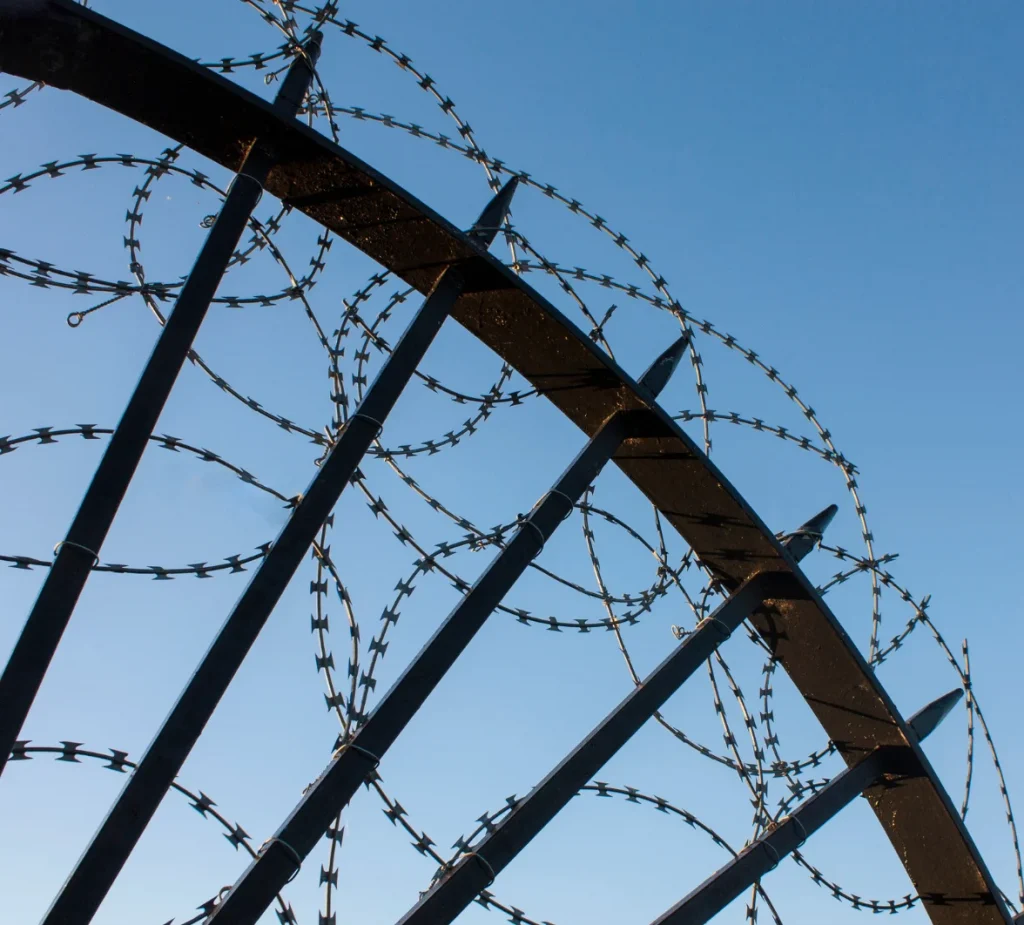
A significant development in Europe’s defense landscape is the European Sky Shield Initiative (ESSI). Spearheaded by Germany, ESSI aims to establish a comprehensive air and missile defense system across participating nations.
The initiative has garnered support from 21 countries, including Poland, which plans to join the project to deter potential drone and missile attacks.
Prime Minister Tusk remarked, “There is no reason for Europe not to develop its own shield against rockets and drones.”
ESSI seeks to integrate various defense systems, such as the US-made Patriots, Germany’s IRIS-T SLM, and Israel’s Arrow system, to create a multi-layered defense network.
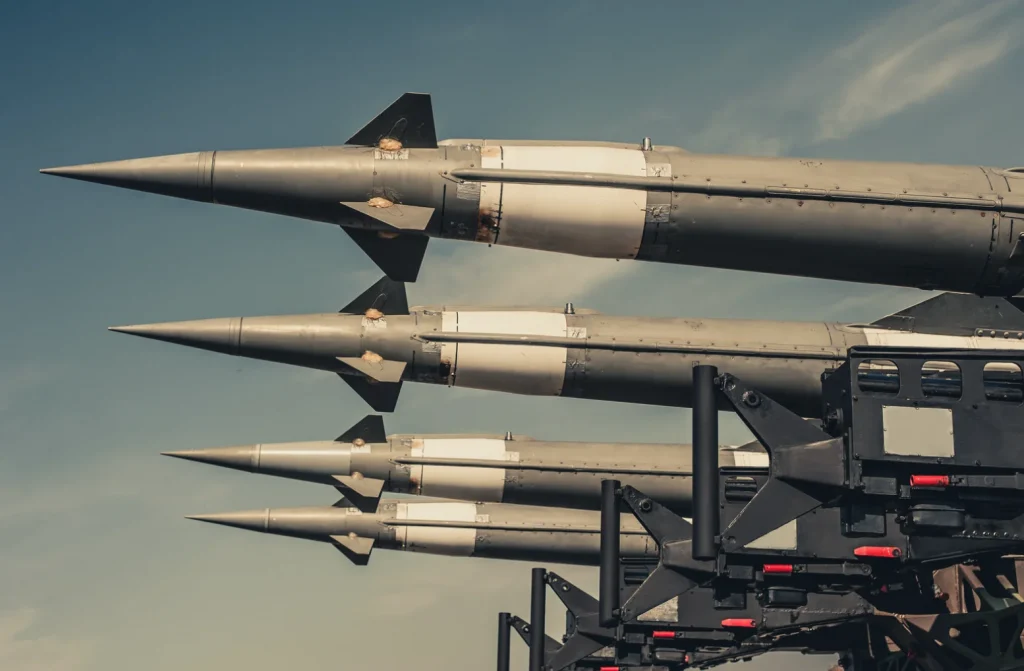
This collaborative approach aims to enhance regional security and interoperability among European nations. NATO has significantly reinforced its eastern flank, stretching from Finland to Bulgaria.
This buildup includes additional troops, military bases, and anti-aircraft systems, aiming to counter potential Russian aggression.
The NATO summit in Madrid in 2022 formalized this acceleration, emphasizing readiness as many experts expect Russia may push westwards within five years.
Poland has been at the forefront of this effort, increasing defense spending and hosting numerous NATO troops.

Finland and Sweden have seen increased NATO patrols and exercises, while the Baltic states have fortified training grounds and bases, preparing for potential conflict.
The cumulative effect of these initiatives has led some to draw parallels to the Cold War era’s Iron Curtain.
Polish President Andrzej Duda endorsed the construction of the “East Shield” fortification along Poland’s eastern border, describing it as a protective measure against Russian aggression.
This initiative, perceived as a modern Iron Curtain, includes fortifications, arms depots, and reconnaissance posts.
While the term “Iron Curtain” evokes memories of division, the current efforts are framed as defensive measures aimed at preserving peace and stability in the region.
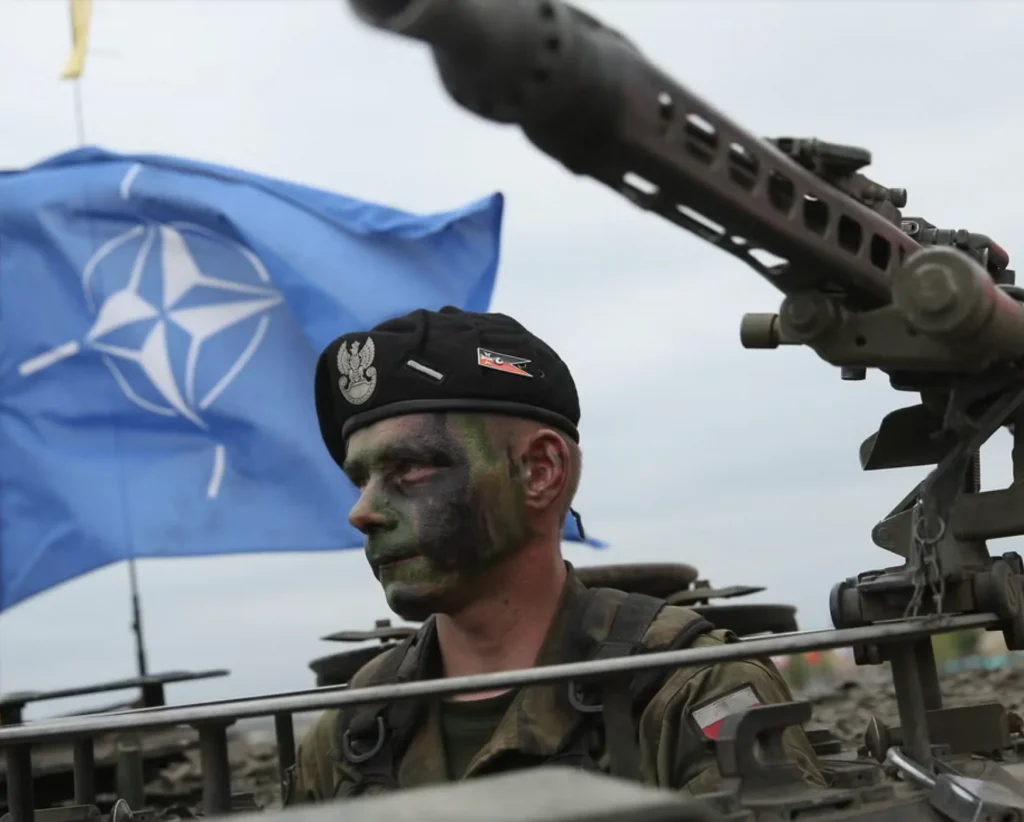
The emphasis is on deterrence and preparedness rather than confrontation. However, a larger picture emerges as these measures are scrutinized alongside the growing investments in military infrastructure across Europe.
The true extent of this defensive effort becomes clear when one considers the broader implications.
Poland’s commitment to the European Sky Shield Initiative, the rapid expansion of fortifications in the Baltics and NATO’s enhanced eastern flank suggest a level of urgency that goes beyond regional security.
As tensions continue to mount, the question of whether Europe is bracing for a third world war looms larger than ever, making these preparations not just a reflection of caution but a stark acknowledgment of the growing threat.
Featured Image Credit:


